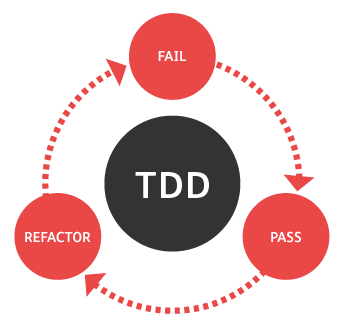使用TSLgenerator工具生成60-100个测试用例,练习三方工具的使用。

Requirement
In this individual assignment, you must generate between 60 and 100 test-case specifications (i.e., generated test frames) for a simplified version of the copy utility, whose specs are provided below, using the category-partition method that we saw in class.
Make sure, when defining your test specifications, to suitably cover the domain of the application under test. Finally, make sure to suitably use constraints (rather than eliminating choices) to keep the number of test frames within the specified thresholds.
Concise Specification of the copy Utility
- NAME:
cp - copy files and directories - SYNOPSIS
Copy SOURCE to DEST, or multiple SOURCE(s) to DIRECTORY.
cp [OPTION]… SOURCE… DIRECTORY
where OPT can be zero or more of- -b
- -f
- -r
- -v
- COMMAND-LINE ARGUMENTS AND OPTIONS
- source: directory or file to be copied.
- directory: location to copy to.
- -b: (backup) - make a backup of each existing destination file
- -f: (force) - if an existing destination file cannot be opened, remove it and try again
- -r: (recursive) - copy directories recursively
- -v: (verbose) explain what is being done
Notes
- As stated above, in defining your categories and choices, you should make sure to suitably cover the domain of the application under test. This also includes possibly erroneous inputs. Just to give you an example, if you had to test a calculator, you may want to cover the case of a division by zero.
- You are only required to specify test inputs for the application, but you do not have to also specify the expected outcome for such inputs. It is therefore OK if you don’t know how the system would behave for a specific input. Using the same calculator example, you could test the case of a division by zero even if you do not know how exactly the calculator would behave for that input.
Tools and Useful Files
You will use the TSLgenerator tool to generate test frames starting from a TSL file, just like we did in the demo. A version of the TSLgenerator tool for Linux, Mac OS X, and Windows (two versions), together with a user manual, are available at:
- TSLgenerator-manual.txt
- TSLgenerator.linux
- TSLgenerator-mac
- TSLgenerator-win32.exe
- TSLgenerator-win64.exe
Important: These are command-line tools, which means that you have to run them from the command line, as I did in my demo, rather than by clicking on them. Also, on Linux and
Mac systems, you may need to change the permissions of the files to make them executable using the chmod utility. To run the tool on a Mac, for instance, you should do the following, from a terminal:
chmod +x TSLgenerator-mac
./TSLgenerator-mac <command line arguments>
Finally, if you are running a modern version of Windows (> XP), you may want to try the TSLgenerator-win64.exe version of the tool. It hasn’t been tested thoroughly, but it should work better on these versions than the TSLgenerator-win32.exe version. If you encounter issues, please post a public question on Piazza and consider running the tool on a different platform (if you have the option to do so).
We are also providing file split-example.txt, the TSL file for the example we saw in the lesson, for your reference.
Also, the demo example for your benefit.
How To Submit
- Create a directory “Assignment6” in your personal GitHub repo.
- Add to this new directory two text files:
- catpart.txt: the TSL file you created.
- catpart.txt.tsl: the test specifications generated by the TSLgenerator tool when run on your TSL file.
- Commit and push your files to GitHub.
- Submit on Blackboard the commit ID for your submission.